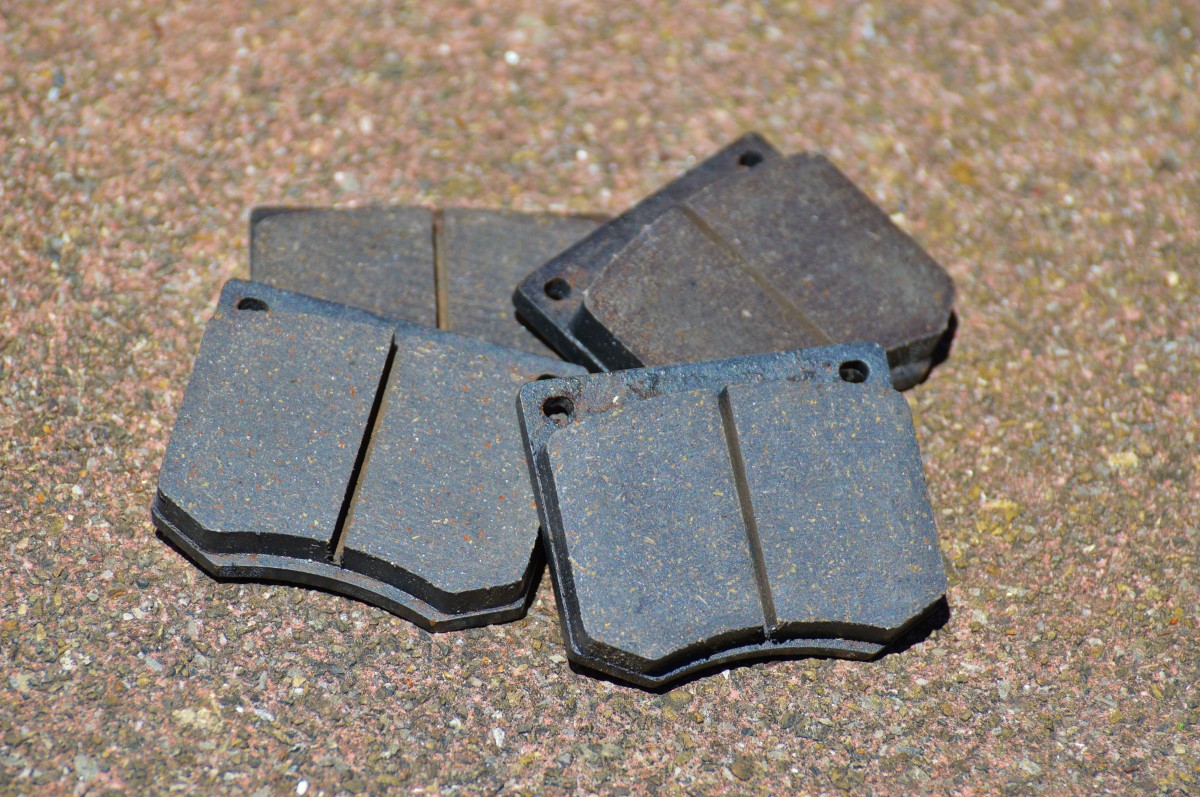Contents
– Brake pad warning light: definition
– How does the brake pad warning light work?
– Brake pad warning light: anomalies
– Brake pad maintenance
– Brake pad replacement price
It is important to remember that brakes are crucial for the safety of all road users. Most recent vehicles are equipped with a brake pad warning light that is important to monitor regularly. Here’s a quick overview of this warning light and tips on having efficient brakes in all circumstances.
Brake pad warning light: definition
The brake pad warning light is a warning light located on the control panel of a vehicle.
This light signals a brake malfunction when it emits an orange light. Its logo is characterized by a circle bordered on the right and the left by two arcs of a discontinuous circle.
Note: the brake pad warning light should not be confused with the warning light of the brake fluid level, which is red when lit. Indeed, this logo consists of a circle containing an exclamation mark bordered by two arcs of a circle on both sides.
How the brake pad light works
This specific indicator lights up when the brake pads are worn. It indicates that it is essential to replace these essential elements as soon as possible. The safety of road users depends on it.
For normal vehicle use, the brake pads must be changed approximately every 30,000 km.
Brake pad warning light: faults
When the brake pad warning light comes on, it means that the brake pads are worn. This indicates an anomaly, the most frequent symptoms of which are as follows
– A whistling or metallic noise when braking, as the action of braking causes the brake pads to rub on the brake disc;
– A vibration in the braking system;
– a depression of the brake pedal, which no longer ensures good braking conditions or stops the vehicle quickly;
– a release of smoke from one of the wheels followed by a hot smell.
– a shift of the vehicle at each braking.
When a braking anomaly occurs, it is urgent to contact a professional mechanic to solve the problem.
Brake pad maintenance

Every time the vehicle is serviced, i.e. every 20,000 km, the brake pads should be checked by a mechanic. The same applies to the braking system.
But you can inspect your brake pads at any time. To check the condition of the brake pads, it is advisable to remove the wheels from the vehicle. This allows you to check the thickness of the lining on the calliper. The brake pads should be replaced if the thickness is less than 2 mm.
Before replacing the brake pads on your vehicle, the new pads must be compatible with the type and model of the vehicle.
In addition, you should not hesitate to choose brake pads from a known brand: it guarantees quality.
Brake pads: prices
Brake pads are sold in all car accessory stores. Their price depends on the make and model of the vehicle but also the quality of the product.
As an indication, a set of four brake pads is sold for between $30 and $70.
Good to know: you can have the brake pads replaced by a garage or a car mechanic if you don’t feel like doing it yourself. Supplies, installation and other services are charged between $80 and $150 for a set of four pads.
Hope this post has provided you with the necessary information you were looking for. Remember to jot down a few words in the comments below.




